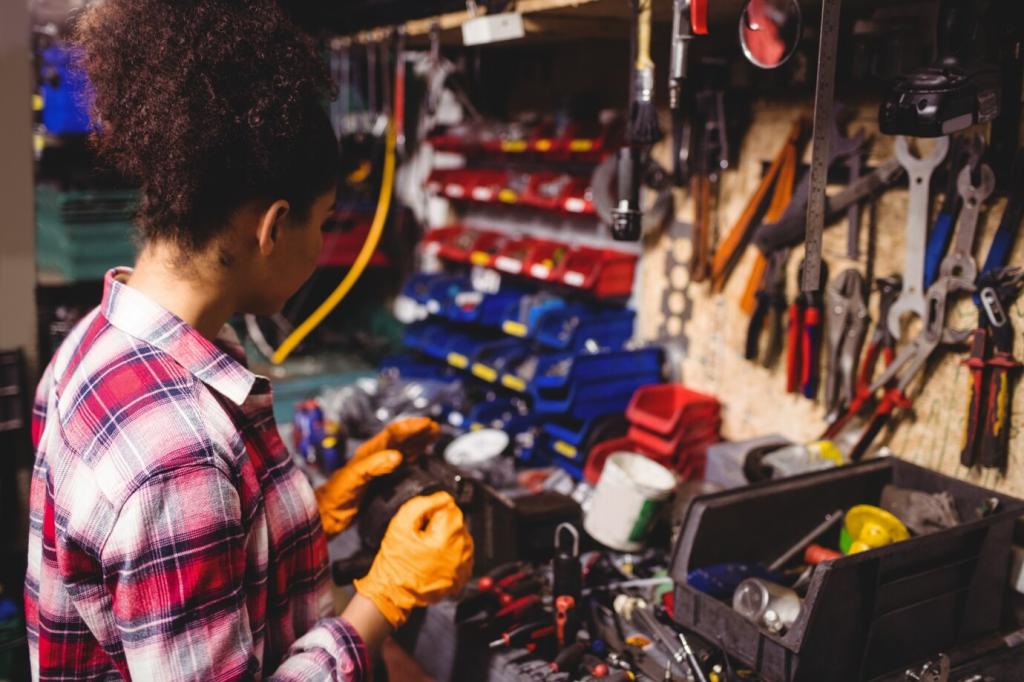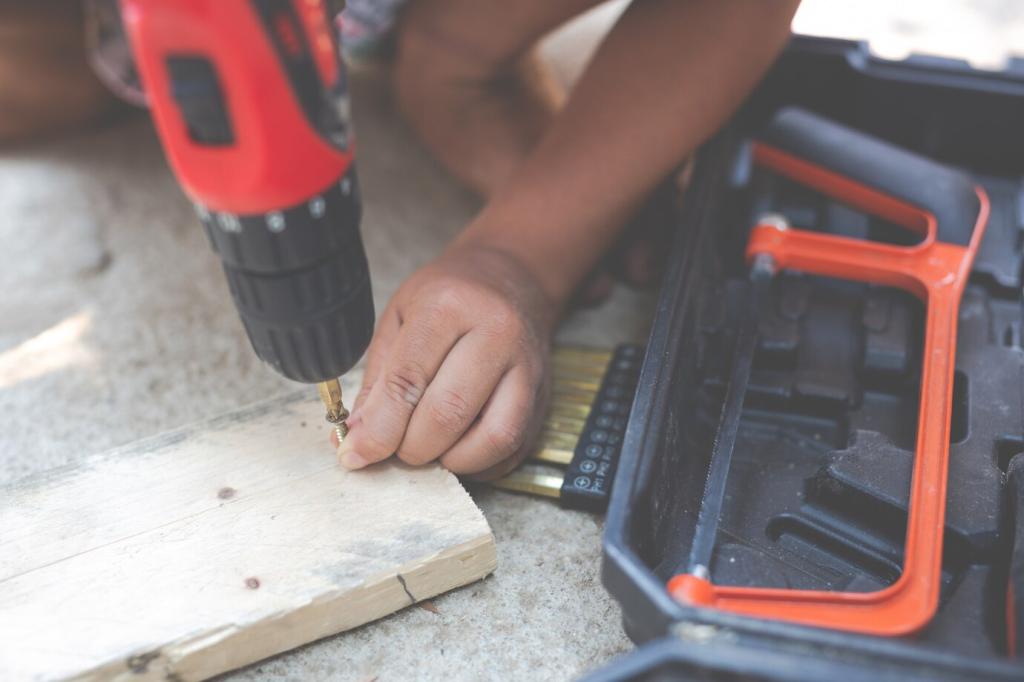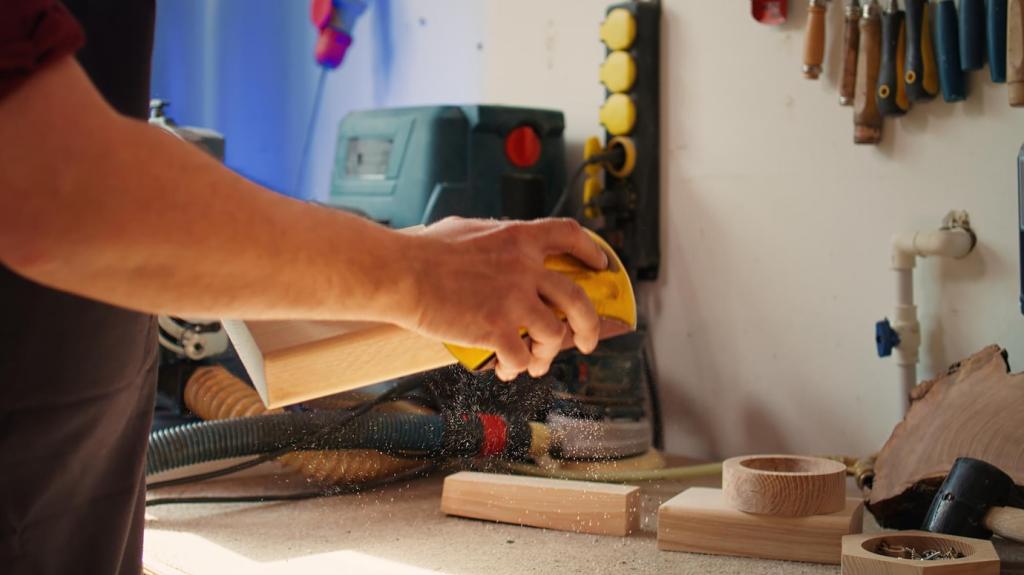Maintenance Habits That Extend Battery Life
If a car sits, connect a smart maintainer monthly or overnight to avoid deep discharge. Motorcycles appreciate gentle tender time during winter. For camera gear, cycle packs lightly, avoiding deep drains that stress lithium cells.
Maintenance Habits That Extend Battery Life
Dust becomes conductive grime over time. Every oil change, clean terminals with a brush and a baking soda solution. Tighten clamps, protect with grease, and take a before-and-after photo to celebrate progress and accountability.







